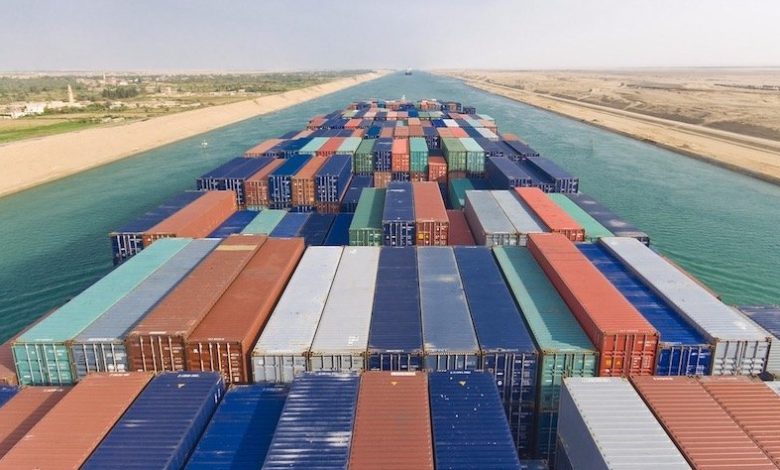Ageing box fleet tipped for renewal

The ageing global container fleet will likely see a raft of newbuild orders placed this year and next, despite future propulsion concerns, a new report from Braemar ACM suggests.
The broker is anticipating a pick up in new boxship orders in 2021 and 2022, following on from a sudden spurt of ultra large boxship orders seen in Q4 last year.
During the past five years, 2016 to 2020, 4.3m teu was ordered, while 7.3m teu was ordered in the preceding five years, Braemar ACM data shows.
The trading container fleet has an average age of 13.5 years. Ten years ago the average age was just nine years
“The trading fleet is ageing, and we expect newbuilding investment to increase. Additionally, the recent scramble for charter tonnage is likely to prompt liner companies to bolster their owned fleet, in a strategy to reduce liner exposure during a cargo surge,” the report states.
The six to 12 month rate for a 4,400 teu boxship increased by 7% week-on-week to $29,000 a day, 105% above the 2020 average, as of last Friday according to Clarksons Research. In the smaller sizes, the six to 12 month rate for a 2,750 teu vessel rose 4% week-on-week to $20,750 a day as of last Friday, 92% above the 2020 average.
As of January 1 this year, the trading container fleet had an average age of 13.5 years (see chart below). Ten years ago, the average age was just nine years, Braemar ACM data shows.
The sub-panamax trading fleet is ageing the most notably. Up to 4,000 teu, there are currently 880 vessels aged 20 years or more, and Bramar ACM expects that number to increase to 1,150 by 2025 after allowing for assumed demolition.
“With those statistics, ordering of feeders and regional ships should gain momentum over the next couple of years,” Braemar ACM predicted.
In 2020, 135 container ships with a total capacity of 1.23m teu were ordered, up 90% compared to 2019.
Ordering in 2020 focussed on ultra large tonnage ordered during the final quarter and feeders, which were contracted throughout the year.
Chinese shipyards control most of the containership orderbook, with a 43% share, followed by South Korea on 35% and Japan on 21%.
During 2020, Chinese yards secured 60% of the containerships ordered in 2020.
“China’s dominance of the containership order book is likely to continue, especially if more feeders and regional ships are contracted,” Braemar ACM predicted.
Braemar ACM estimates that fleet growth for full-year 2020 was 2.8%, compared to 3.9% in 2019. Annual fleet growth for the last five years – 2016 to 2020 – has averaged 3.5% per year. With the current orderbook, the broker expects the annual average fleet growth for the next four years – 2021 to 2024 – to average about 2.5% per year.
In a bullish note to clients earlier this week on boxship prospects for 2021, investment bank Jefferies posited: “Containerships rates should remain elevated with vast GDP growth and consumer spending while the containership orderbook-to-fleet ratio is the lowest in decades.”

